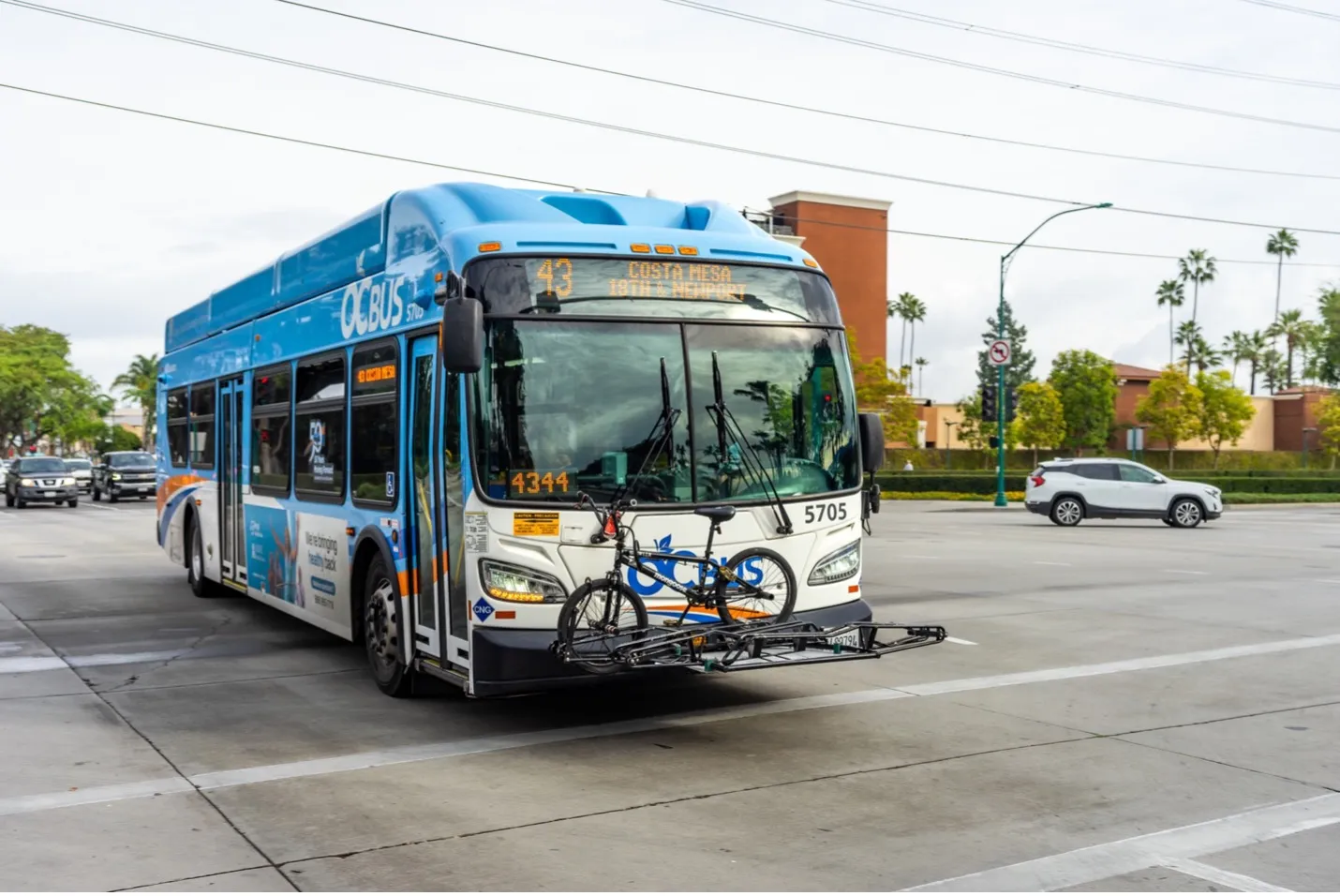As part of the largest infrastructure investment in Ontario's history, the province is moving ahead with the $1.million Finch West Light Rail Transit (LRT) project, a priority transit investment in the City of Toronto that will bring much-needed rapid transit to communities along Finch Avenue West.
The LRT will create 11 kilometres of new rapid transit along Finch West from the new Finch West subway station on the Toronto-York Spadina subway extension to Humber College.
Through the Moving Ontario For
May 1, 2015
Read time: 1 min
As part of the largest infrastructure investment in Ontario's history, the province is moving ahead with the $1.million Finch West Light Rail Transit (LRT) project, a priority transit investment in the City of Toronto that will bring much-needed rapid transit to communities along Finch Avenue West.
The LRT will create 11 kilometres of new rapid transit along Finch West from the new Finch West subway station on the Toronto-York Spadina subway extension to Humber College.
Through the Moving Ontario Forward plan, the government is investing in priority rapid transit projects that will connect to the6218 GO Transit network and other transit systems across the Greater Toronto and Hamilton Area (GTHA). These priority rapid transit projects will increase transit ridership, reduce travel times, manage congestion, connect people to jobs, and improve the economy.
The LRT will create 11 kilometres of new rapid transit along Finch West from the new Finch West subway station on the Toronto-York Spadina subway extension to Humber College.
Through the Moving Ontario Forward plan, the government is investing in priority rapid transit projects that will connect to the








